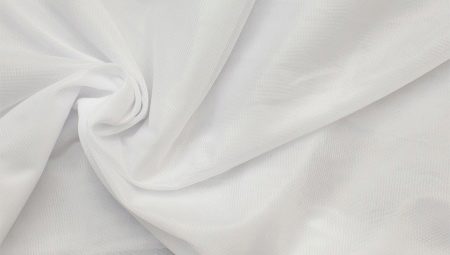In today's world, we are increasingly confronted with the concept of “synthetics”. But at the same time, we don’t think at all what this “miracle” is and what are its advantages. Today, most synthetic things are made of polyester and polyamide. The difference between them is that different polymers are used in their production. Let us consider these two materials in more detail, so that when choosing one or another thing, we have an idea about the composition of the fabric, its properties and quality.
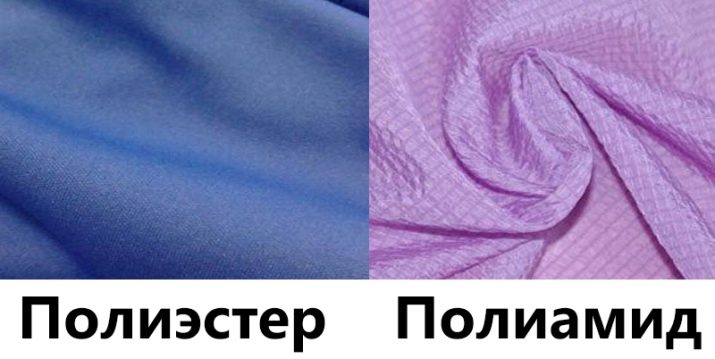
Polyamide
This is a synthetic fiber with a number of distinct advantages. The following "pluses" can be attributed to them:
- the material has “breathable” properties;
- has high strength;
- he doesn’t think, he is afraid of frequent “excesses”;
- dries quickly;
- keeps a presentable look for a long time;
- does not burn;
- has high hygiene (almost 10 times higher than polyester);
- pleasant to the touch;
- dirt from the material is easily removed.
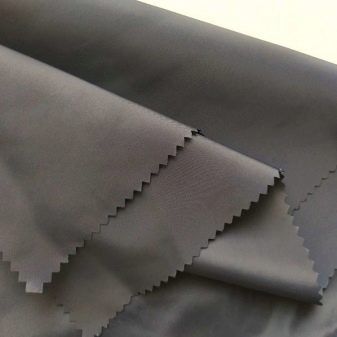
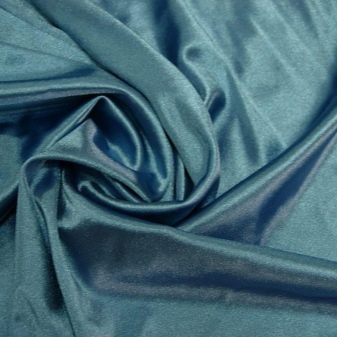
Undoubtedly, there are some drawbacks to things made of polyamide. For example, they do not retain heat sufficiently and have the ability to become highly electrified. In addition to fabrics for outerwear, this material is used to make stockings and hair bands beloved by all beautiful ladies. Polyamide is especially relevant in the summer - it breathes well and is highly resistant to sunlight.
Note that when washing things that contain polyamide, do not use high water temperature (recommended not higher than 30 degrees).

Polyester
One of the most popular artificial fibers is considered to be polyester. It has various names around the world, and it is widely used in modern light industry.In the manufacture of fabric polyester can be used in full (100%) or partially (from 35%). For example, adding (40-50%) of this fiber to natural fibers increases the wear resistance of the fabric.
This synthetic fiber has obvious advantages:
- sufficient strength and durability;
- wear resistance;
- hardly wrinkles;
- comfortable weight;
- things do not require special care;
- affordable price.
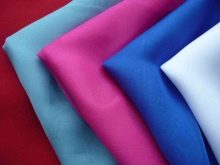
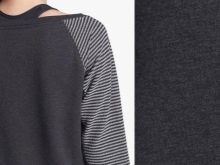
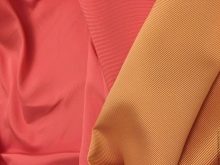
Note that polyester is highly hygroscopic, that is, it absorbs moisture instantly. At the same time, if during physical exertion you wear clothes that contain polyester, moisture quickly “moves away” from the body and does not cause uncomfortable discomfort.
Comparative characteristics
As noted above, the main difference between polyamide and polyester is the polymers used in the manufacture of synthetics. Polyamide is made from organic materials (we are talking about plastic), and polyester is obtained by melting polyethylene terephthalate.
Consequently, their main differences are in appearance, thickness and purpose. The similarity lies in the fact that both materials perfectly retain their shape, hardly wrinkle and are resistant to light. However, polyamide has a higher cost compared to polyester.


Polyamide fabrics are great for sewing outerwear. Varieties of this fiber include nylon, nylon and bologna tissue. For example, a jacket made of 100% nylon is lightweight and perfectly protects from adverse weather conditions. Raincoats and down jackets, in which polyamide is present, are characterized by a long “wear” and resistance to moisture.
Also, modified fibers are made from this material, which are very close to cotton in their hygienic properties. We are talking about megalon and trilobal - fibers that mimic natural silk. In the "pure" form, these materials are not used. They are used in textile production only in combination with other fibers, including natural ones.

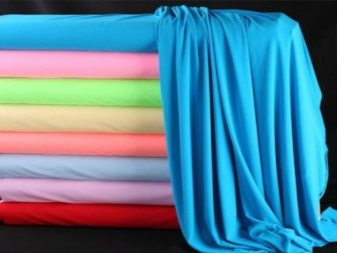
Polyester, in most cases, is used in the manufacture of linings for sewing outerwear, underwear and curtains. Note that modern artificial fabric can have breathable properties similar to cotton. Sometimes synthetics cannot be distinguished from natural fabrics.
Summing up the properties of polyamide and polyester, we can say with confidence that the fibers are very similar. But polyamide has higher strength and its hygienic properties are much higher than that of polyester. At the same time, things containing polyamide are more expensive. In modern light industry, mixing of various fibers is widely practiced.


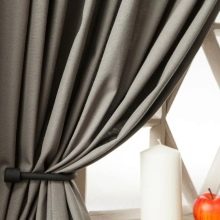
Fiber synthesis
As a result of the combination of polyester and polyamide, elastic, wear-resistant fabrics are obtained that retain a presentable appearance for a long time. This synthesis is optimal for the manufacture of women's underwear. “Diluted” polyester does not absorb moisture so much and is almost unable to electrify.
Also, polyester goes well with elastane (soft film). This “mixing” is widely used to create hosiery, sportswear, gloves and tight-fitting knitwear. Thanks to elastane fibers, the material becomes “breathable” and has good “ductility”. However, things made by such a synthesis can fade and turn yellow when exposed to direct sunlight.
The combination of cotton and polyester (not more than 35% of the latter) makes the fabric more durable. Also, clothes made of cotton with the addition of synthetic fibers do not stretch and do not fade in the sun.

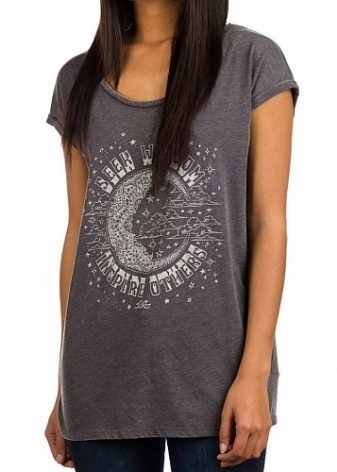
It is believed that synthetic tissues can cause allergic reactions. However, this opinion is erroneous.The only thing that wearing clothes containing synthetic fibers (polyamide / polyester) can lead to is a slight discomfort when in contact with the skin in individual cases.
About what is the difference between polyurethane and polyester, see below.
